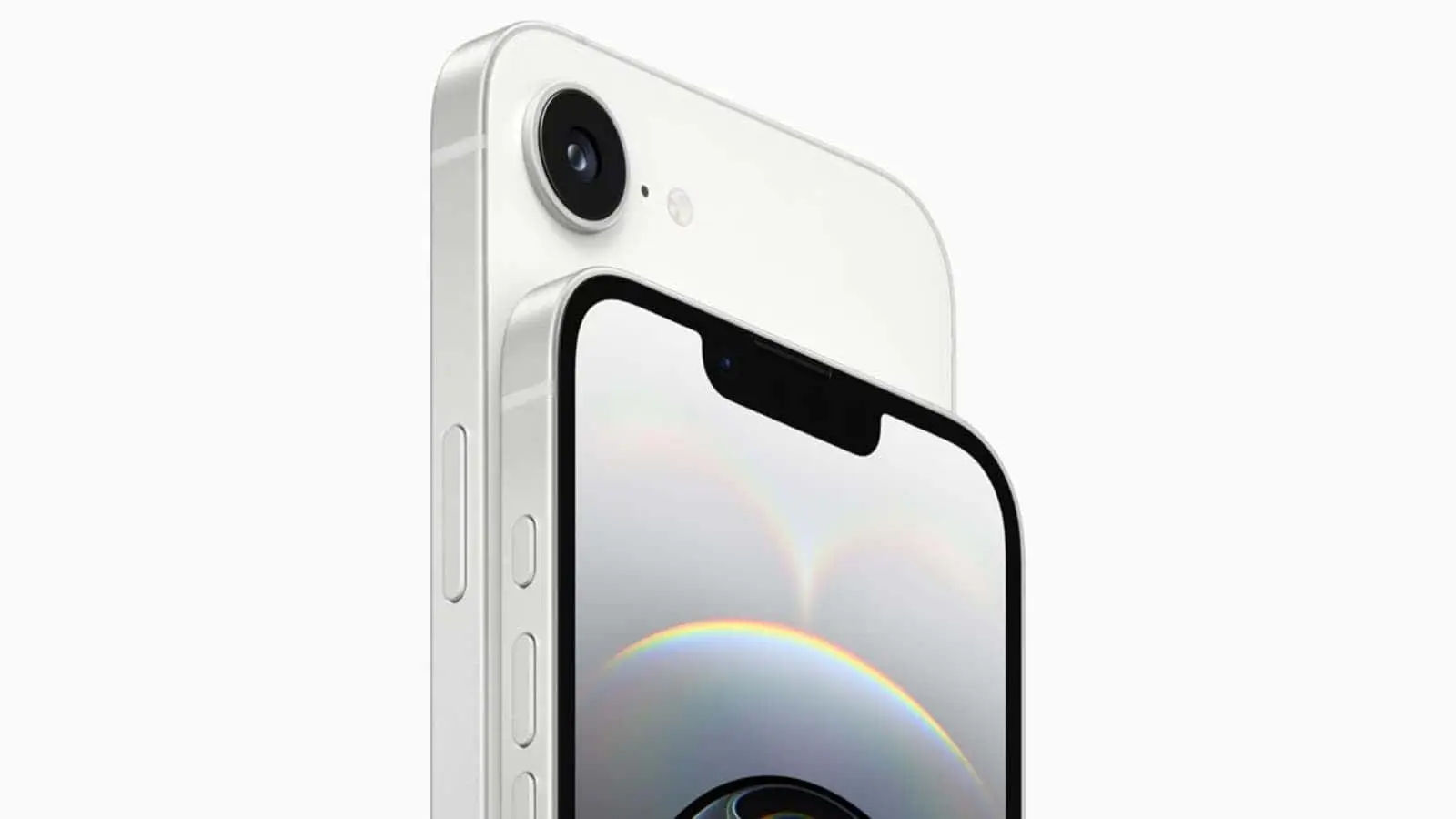iOS 18's Enhanced Visual Search: Convenient, but at What Cost?
Apple's iOS 18 and macOS Sequoia introduce Enhanced Visual Search (EVS), expanding on Visual Look Up. EVS identifies landmarks in photos by sending image data to Apple servers for comparison with a global database. While convenient, this raises privacy concerns.
Privacy Measures and Concerns
Apple employs homomorphic encryption, differential privacy, and an OHTTP relay to protect user data. However, EVS is enabled by default without explicit consent, contradicting Apple's past privacy stance. For similar discussions on privacy, see iOS 18 Enhanced Visual Search: Privacy and How to Disable It.
Disabling Enhanced Visual Search
Users can opt out of EVS: On iPhone/iPad: Go to Settings > Apps > Photos > Enhanced Visual Search (toggle off). On Mac: Open Photos > Settings > General > Enhanced Visual Search (uncheck). This offers more control over data sharing, aligning with user preferences highlighted in iPhone SE 4: Release Date, Price, Specs, and Design Rumors.
Balancing Convenience and Privacy
EVS offers a trade-off between convenience and privacy. Users gain information about landmarks in their photos, but at the cost of sharing data with Apple. This echoes the ongoing debate about data privacy in tech, as discussed in AirTag Gets New Child Safety Warning Labels.




